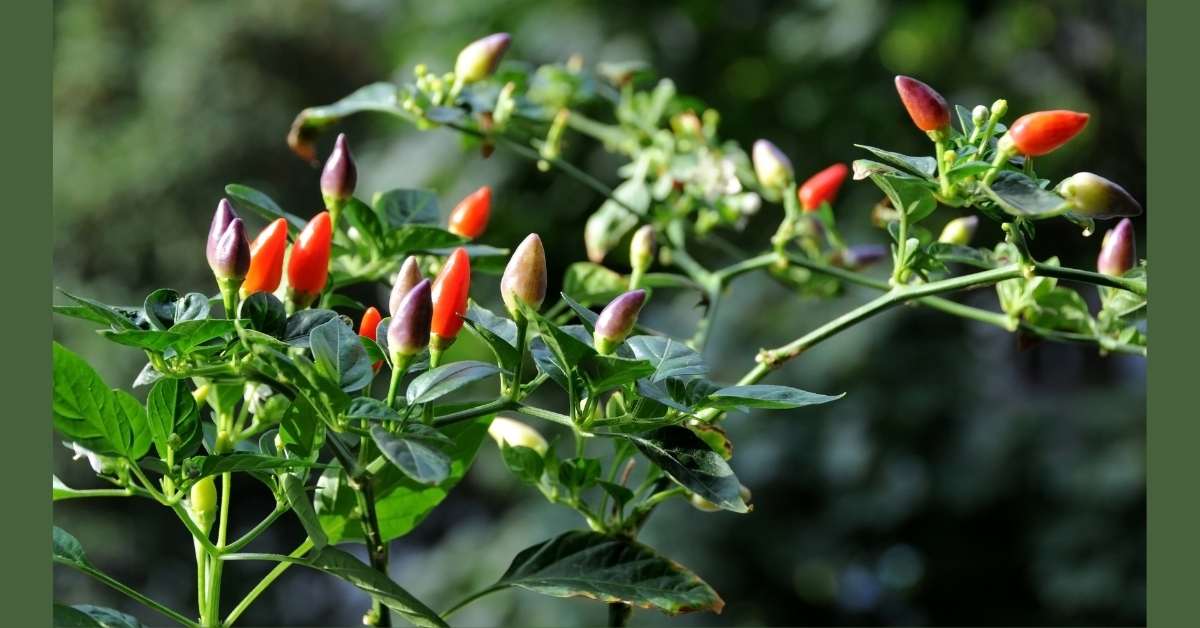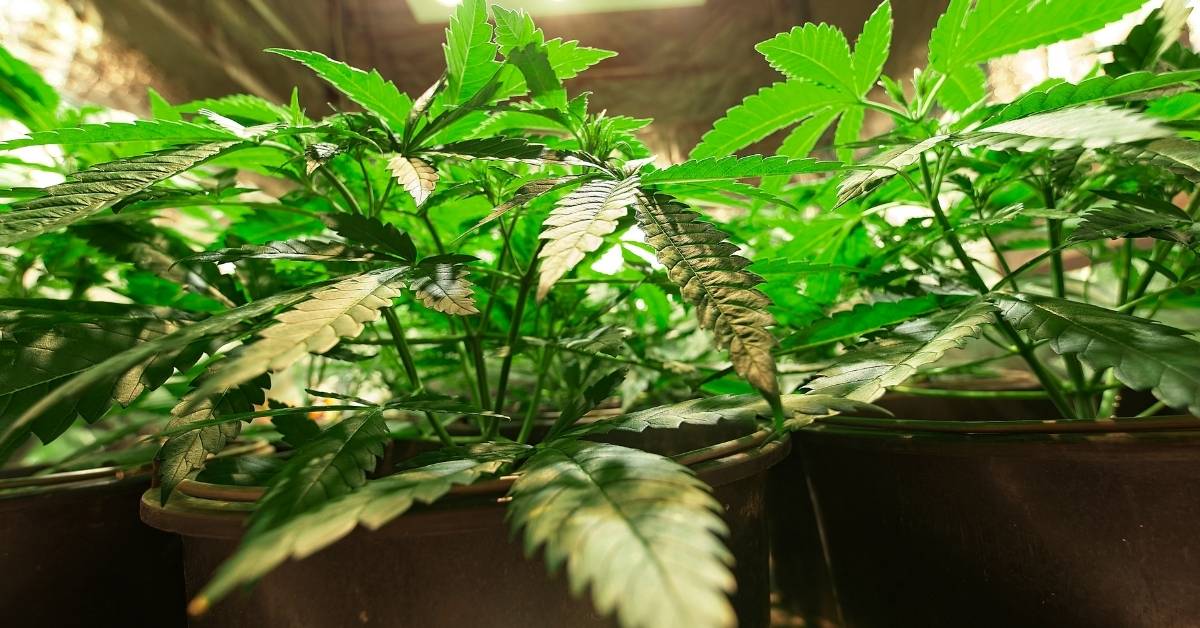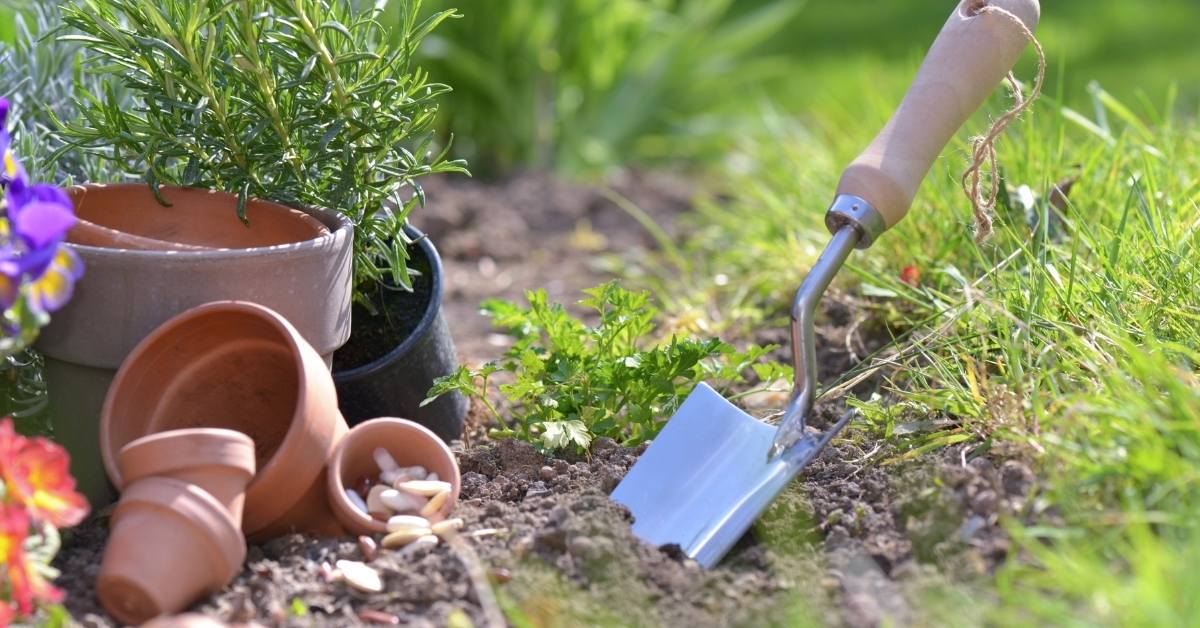Peppers are a versatile plant with flavors ranging from sweet to brutally hot. They may thrive in an indoor setting if their ideal circumstances are properly replicated, enabling you to harvest peppers throughout the year. In order to ensure the healthiest plant and largest harvest, you need to provide the plant with all that it needs to thrive. Here are some helpful hints for growing pepper plants indoors.
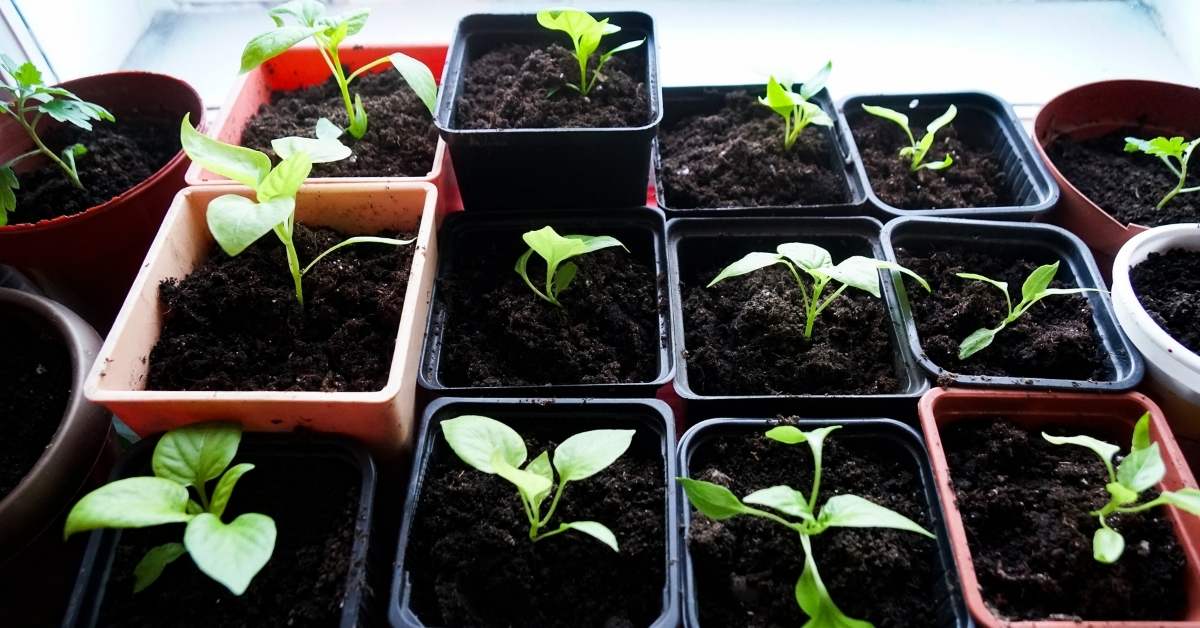
When to Start Peppers Indoors
Peppers may be grown entirely indoors or can be started indoors and transferred outside. If you want to transplant the peppers outdoors, start sowing the seeds 8 to 12 weeks before your area’s last frost date. This will give them time to grow completely grounded and robust before being released into the wild.
They will need to be placed outdoors about 2 weeks before the last frost. By this point in their growth cycle, they will be established enough to be able to tolerate the inclement weather and colder soils of an outdoor garden.
If you want to keep the peppers inside for the duration of their development cycle, they can start at any time. As long as their needs in terms of water, lighting, warmth, and nutrition are being met sufficiently, they can thrive indoors year-round. You may require the use of a grow light, particularly in the wintertime, to help stimulate the proper growing conditions.
You might like to see this: How to grow perennial Agastache?
Tips from Growing Pepper Plants Indoors from Seed
A number of factors influence the plant’s health, all of which should be given equal weight. They’ll need plenty of warmth and sunshine, both of which must be replicated while growing peppers inside.
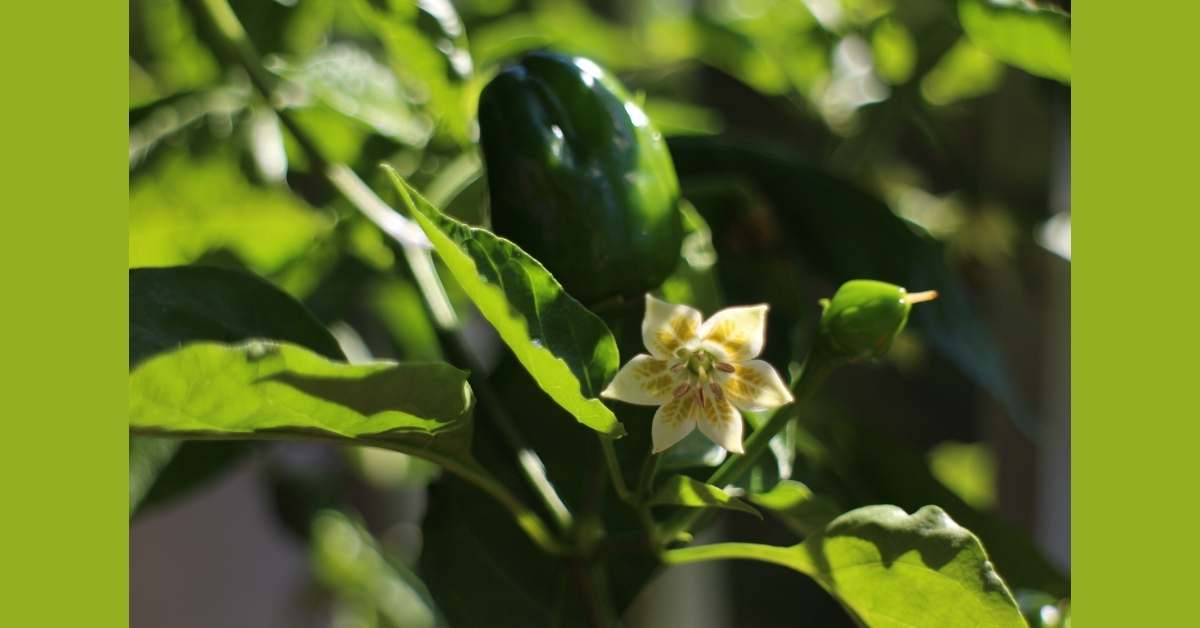
Providing Ample Space
Growing peppers will require a large amount of area. They have large, extensive root systems, which will require a large pot in order for them to spread their roots fully. Additionally, the plant itself can grow quite large, depending on the variety.
Be sure to pick a place in your home that is open and free of clutter so that the plant can grow unimpeded. Consider planting a smaller type of pepper if you don’t have much room. Consider choosing a smaller variety, such as dwarf chili peppers, because they have smaller root systems and require less space to spread out. You can also prune pepper plants if needed to reduce the overall volume.
Lighting Requirements
Peppers require bright, consistent light sources in order to flourish. Place your pepper plants near a window to maximize their lighting source throughout the day. South and southwest facing windows receive the largest quantity of natural lighting.
During the hot summer months, consider bringing the plant outdoors during the day so that it can soak in as much light as possible. Also, to enhance the lighting conditions for the peppers, try adding a grow lamp. If you want to keep the peppers inside for their entire life cycle, a grow lamp will be essential for fulfilling the plant’s illumination requirements.
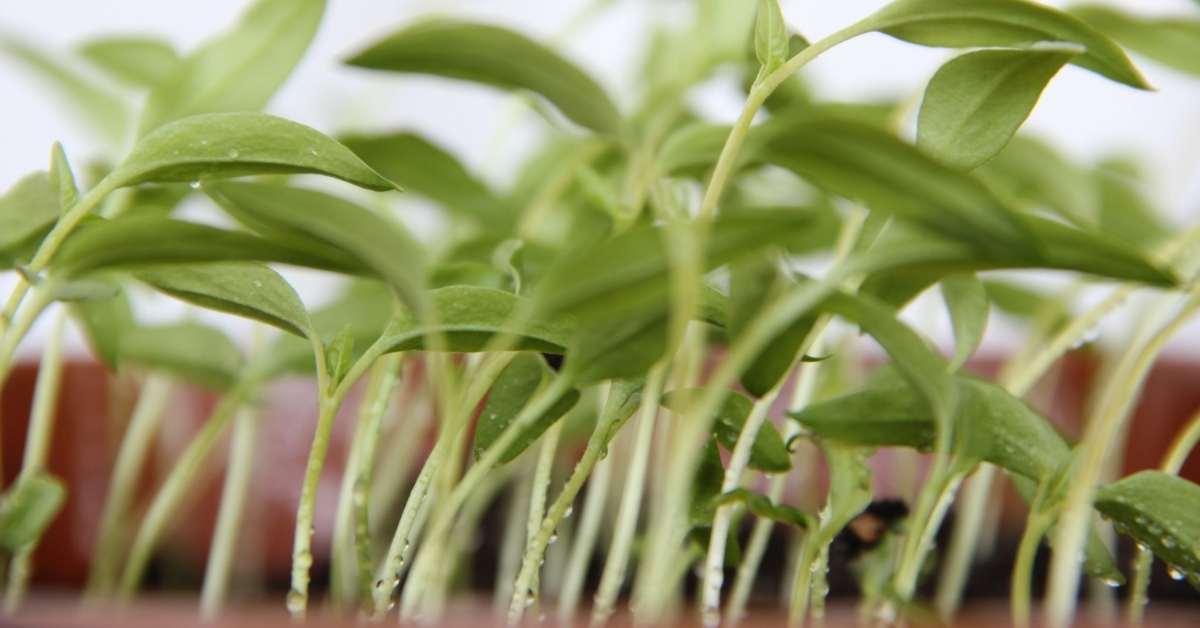
Finding the Ideal Temperature
Every pepper species has a temperature preference that varies somewhat. For best results, research into the particular species you are growing to ensure you can accommodate their precise needs. Most peppers thrive at similar temperatures as humans, making them an ideal houseplant year-round as they can easily acclimate to the temperature of your home.
Keeping your thermostat set to around 70 to 75 degrees Fahrenheit is ideal. When growing chili peppers, the plant likes warm temperatures during the day but cooler temperatures in the nighttime. To accommodate this, consider turning the thermostat down overnight or relocating the plant to a cooler location like a closet or temperature-controlled garage.
You might want to read this: Bromeliads 101: Everything You Should Know About Growing and Caring
Humidity Requirements of Peppers
Different species will vary in terms of their desired humidity. Habaneros, for instance, prefer high humidity, whereas many chili peppers require moderate humidity. For plants that are in need of more humidity, consider misting with a spray bottle. The amount that you mist them will depend on the desired humidity of the plant, but generally, you should mist once per day until the water begins dripping from the leaves.
Nutritional Requirements
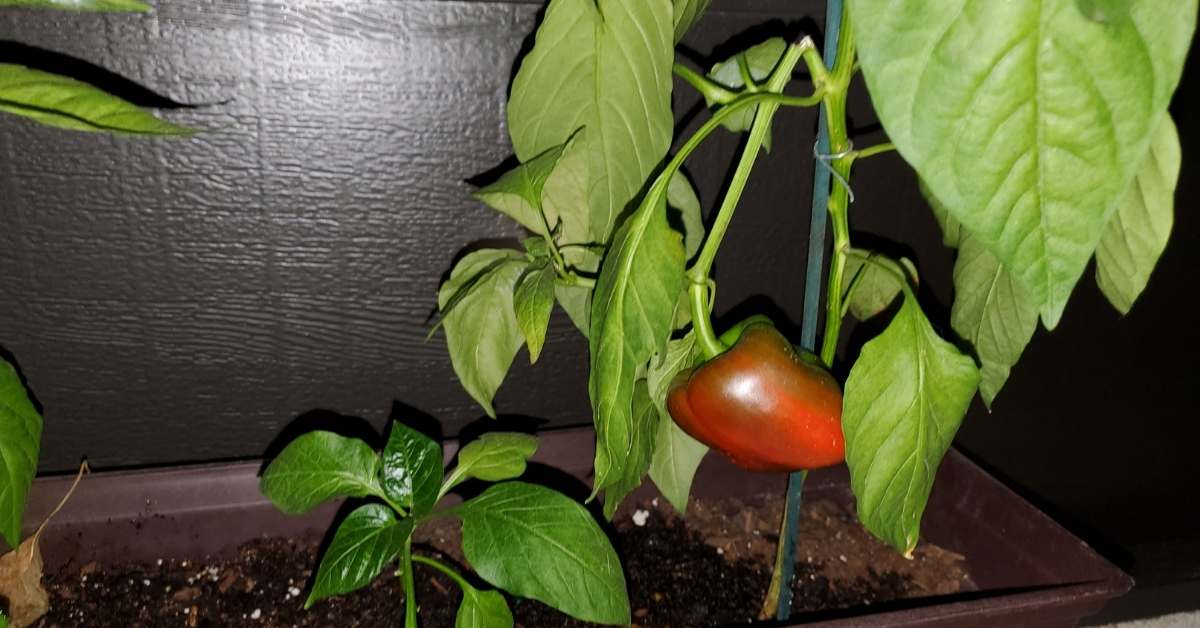
Fertilizer may be beneficial to pepper plants on occasion. A balanced fertilizer with a nitrogen-phosphorous-potassium ratio of 15-15-15 is ideal. The peppers should only need fertilizer one to two times throughout the growth process. Allow the seeds to fully sprout and establish their root systems before applying fertilizer the first time.
At about 6 inches to 1 foot of growth, you can add the first fertilizer treatment. When the peppers first start to develop and are the size of a dime, apply the second fertilizer application. Composted manure also makes a fantastic fertilizer option for pepper plants. Add a few handfuls of fertilizer to each plant and equally distribute it around the base. After you’ve applied the fertilizer, make sure to give the plant plenty of water.
You might want to read this: How to get rid of Ambrosia? | Allergy Plant Ragweed Control
Watering Requirements
Without a doubt, the most crucial aspect of proper plant care is water. It is essential to the health of a plant, and too much or too little could result in the plant becoming unhealthy and possibly dying. Most peppers require moderate watering and can easily drown from too much water.
Because of this, it’s essential to plant your peppers into pots with drainage holes and use well-draining soil so that the roots don’t become submerged in excess water. When the top layer of soil in the pot feels primarily dry, it’s time to water with slight dampness.
Add in just enough water to make a trickling sound from the holes in the pot’s bottom. Empty any excess water in the base of the dish so that the plant roots aren’t soaking in the runoff. This could result in root rot over time.
Oxygen Needs
When determining the location of your indoor pepper plants, consider the spot where the air in your home will be the cleanest. Since plants metabolize oxygen to grown, they are sensitive to pollutants in the air and can become unhealthy and diseased if their oxygen supply contains chemicals.
For smokers, keep all smoke outside and away from the plants. Tobacco smoke and residue are known to cause a number of ailments in plants. To reduce the risk of exposure, always wash your hands after smoking and before handling plants. Additionally, your pepper plants should be kept in a clean room, free of kitchen odors and smoke, and with easily accessible windows to provide fresh air as needed.
Time to Grow
The time that the pepper plant takes to grow will depend on the species you planted. The seeds can take as long as 2 weeks to 1 month to germinate fully and an additional 3 months to begin producing their fruits. The peppers’ size, coloring, and texture are all indicative of whether the pepper is ready to be harvested.
This will vary greatly depending on the variety. If harvested too early or late, it’s not a big deal as it can still be eaten. However, the pepper will be most flavorful when it is fully developed.
With the proper lighting, temperature, humidity, and nutrients, you can grow healthy and vibrant pepper plants that will provide you a large and flavorful harvest.
Since they thrive in warm conditions, growing them indoors is easy because you can ensure a consistent temperature. However, keep in mind that peppers aren’t a low-maintenance plant, and they will require regular attention and maintenance to flourish indoors truly.
